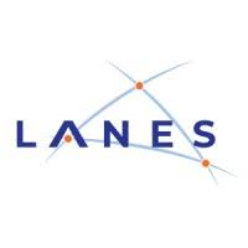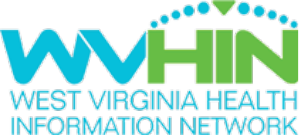The STAR HIE Programʼs Health Equity Workgroup was designed to improve the HIE services available to support communities disproportionately impacted by the COVID-19 pandemic.
The workgroup served as an opportunity for peer-to-peer learning in which recipients shared strategies that included, but were not limited to, data aggregation, implementation, partnership, public health and connections to Immunization Information Systems (IIS) to reach individuals and communities at higher risk of COVID-19. It also focused on direct experiences of recipients as they encountered health inequities while implementing program objectives.
Planning Council Members
The workgroup was largely driven and led by the following STAR HIE Program Health Equity Council members:




Former Council Members

Advancing Health Equity
The STAR HIE Program Health Equity Workgroup shared best practices, challenges, and mitigation strategies to better understand how COVID-19 is disproportionately impacting various communities and how HIEs may support public health agencies and the healthcare system respond and address health inequities. The following HIEs incorporated health equity goals into their program efforts to improve health care in their communities.
Georgia Health Information Network (GaHIN)
GaHIN working in collaboration with HI-BRIDGE HIE (a regional HIE), and the Morehouse School of Medicine worked to address social and health inequities among underserved populations. GaHIN developed social determinants of health (SDOH) use cases to expand data collection and exchange. By leveraging its new technology, GaHIN established new connections and deployed community-based services addressing SDOH risk factors. The HI-BRIDGE HIE has connected fourteen new correctional facilities, and two large pediatric practices that reported COVID-19 data to Georgia’s Departments of Public and Community Health (DPH and DCH). GaHIN now has the processes in place to support public health reporting during a crisis and to identify trends on race and ethnicity, trends in correctional facilities, and trends among veterans receiving community care external to the Veterans Health Administration

HealthShare Exchange of Southeastern Pennsylvania, Inc. (HSX)
HSX produced surveillance reports for their members that included data on race. The surveillance reports highlighted the disproportionate impact on communities of color down to a zip code level and allowed their members to identify areas for improvement and have them addressed.

Los Angeles Network for Enhanced Services (LANES)
LANES signed a new data-sharing agreement with the Los Angeles County Public Health Department (DPH). LANES ingested a flat file of monthly vaccinations from the LA County Department of Public Health for improved patient outreach, contact tracing, disease control, prevention efforts, and informing DPH of those disproportionally affected racial, ethnic, and socioeconomic groups.

Texas Health Services Authority (THSA)
THSA demonstrated standards-based, real-time reporting of hospital capacity data for the purpose of reducing reporting burden on hospitals and improved data. THSA successfully participated in a Connectathon, which demonstrated and validated the base Situational Awareness for Novel Epidemic Response (SANER) Project concept with two real-world EMRs.

West Virginia Health Information Network (WVHIN)
WVHIN improved methods for tracking and supporting COVID-19 vaccination administration by identifying high-risk unvaccinated patients in the State. WVHIN also finalized the specifications for race/ethnicity/geocoding for vaccines and enhanced public health data using this information. WVHIN enriched race and ethnicity data by matching COVID testing records against the WVHIN Master Patient Index. This data matching function reduced the records with unknown race/ethnicity by 50%. The refined data provided the African American Advisory Commission on COVID-19 and Health Disparities with a more accurate understanding of the rate of testing and infection in communities of color.


